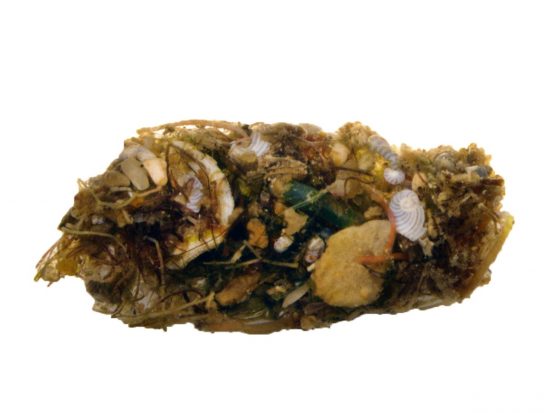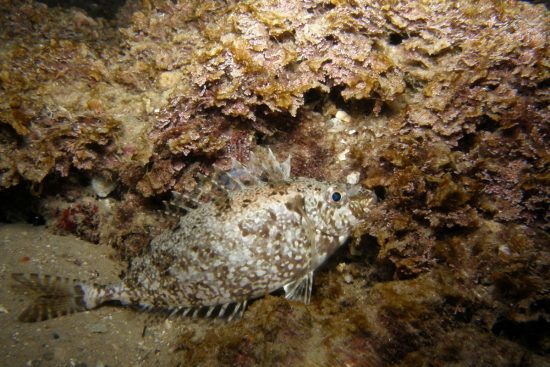




Researchers identify fish’s role in movement of invasive species.
For some time, invasive species have been spreading from Indo-Pacific to the Mediterranean – and this spread appears to be independent of conventional shipping routes. An international team of scientists has discovered a possible avenue of this invasion: within the intestines of migrating fish.
Researchers, with the participation of GEOMAR Helmholtz Center for Ocean Research Kiel, have just discovered one of the ways invasive species may enter foreign ecosystems. The team, consisting of scientists from Israel, Germany and the USA, had been investigating the presence of single-celled marine organisms called foraminifera in the Mediterranean. These organisms can be microscopic or a few centimetres across, colonizing the seabed (among other things). Herbivorous fish sometimes ingest them during their food intake. Despite this, the foraminifera sometimes survive the journey through the fish’s gastrointestinal tract, and in this way, be transported from one place to another as the fish migrates.
The new discovery is the subject of a new paper, recently published in the international Limnology and Oceanography Letters journal.
“Invasive species have become a global problem, and it has been worsened – though not exclusively – through the increased mobility of people over the past decades,” said lead researcher Tamar Guy-Haim in German.
The researchers noticed an interesting connection in the fieldwork done in 2015 and 2016, and archival research: The migration of rabbitfish and the spread of specific species of foraminifera from the Indo-Pacific ran parallel to each other. In addition, the Mediterranean has also been affected by this double invasion. The researchers sought to find out the reason. They then discovered the tiny organisms – still partly alive – in the gut and feces of both newly caught rabbitfish from the Mediterranean.
"Ichthyochory – the transport of living organisms through the gastrointestinal tract of fish – is known to occur in lakes and rivers. However, the phenomenon has not yet been linked to plants and animals in the ocean, particularly those living on the seabed. Nonetheless, fish in the Mediterranean do function as trojan horses,” explained Tamar Guy-Haim.
Throughout time, tourism, aquaculture and merchant shipping have initiated the transport of species from one habitat to another. In particular, the Mediterranean has also “acquired” many new species from the Red Sea and Indian Ocean after the opening of the Suez Canal in 1869. This has not proved advantageous to the biodiversity of the region, as the native inhabitants are sometimes at a disadvantage by the immigrants.
A contemporary example of this is the spread of the lionfish in Cyprus; it has become a voracious predator that threatens species diversity in the region, as we have reported here.
According to Guy-Haim, the invasive species may possess some advantages over the native species. Since they are new to the area, they have no potential enemies. They may be carriers of disease, which can incapacitate the native species and reduce their numbers. In addition, climate change may cause changes in the environment, which may benefit the invasive species.
Link to the study here.
 Herbert
Herbert 2nd June 2017
2nd June 2017